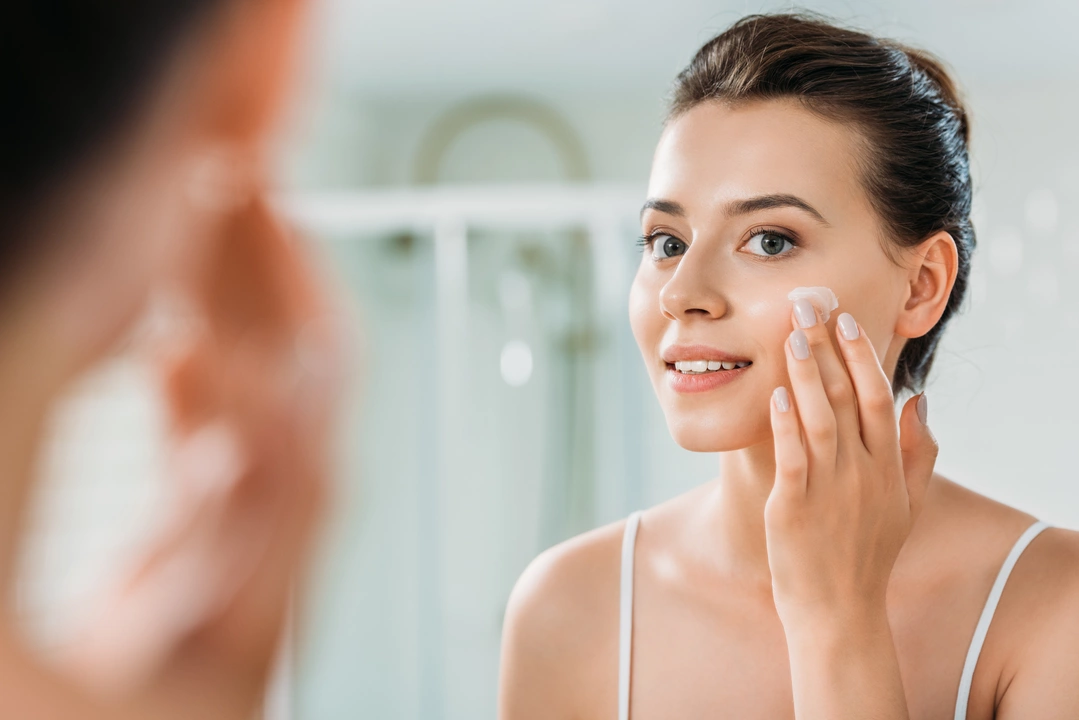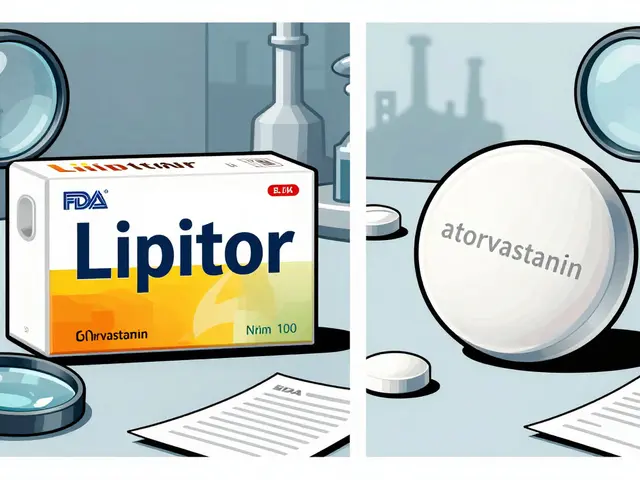Skin Condition Guide – What to Look For and How to Help
If you’ve noticed a new rash, itchy patches, or stubborn acne, you’re probably wondering what’s going on with your skin. Understanding the signs can save time and prevent discomfort. Below we break down the most common skin conditions, give practical care tips, and explain when professional help is needed.
Common Skin Conditions and Their Signs
Acne: Red bumps or whiteheads appear on the face, chest, or back. They can be painful if they get inflamed.
Eczema (atopic dermatitis): Dry, itchy patches that may become red and cracked, often on elbows, knees, or hands.
Psoriasis: Thick, silvery scales that pop up on the scalp, elbows, or lower back. The skin underneath can be sore.
Rosacea: Persistent facial redness, sometimes with tiny bumps and a burning feeling. It often worsens after hot drinks or spicy food.
Contact dermatitis: A rash that shows up where your skin touched an irritant (like a new soap) – usually red, itchy, and sometimes blistered.
Practical Ways to Manage Your Skin
Start with gentle cleansing. Use lukewarm water and a fragrance‑free cleanser; harsh soaps strip natural oils and can make eczema worse.
If acne is the issue, avoid squeezing spots – that spreads bacteria. Over‑the‑counter benzoyl peroxide or salicylic acid works for many people, but start with a low concentration to see how your skin reacts.
For dry patches, apply a thick moisturizer within three minutes of washing while the skin is still damp. Look for products with ceramides or petroleum jelly; they lock in moisture without irritating sensitive skin.
When dealing with psoriasis, keep the affected areas moisturized and consider OTC coal‑tar shampoos for scalp plaques. Light exposure can help, but limit sun time to avoid burns.
If you suspect a reaction to a product, stop using it immediately. A cool compress can calm itching, and an antihistamine tablet may reduce redness.
Know when to call a doctor: sudden spreading rash, sores that won’t heal, intense pain, or any sign of infection (pus, fever). A dermatologist can prescribe stronger treatments like topical steroids, oral medications, or light therapy that aren’t available over the counter.
Remember, each skin condition is unique. What works for a friend might not work for you, so track what helps and what triggers flare‑ups. Simple changes – like using a humidifier in dry weather or cutting back on sugary snacks – can make a noticeable difference.
Keeping your skin healthy isn’t about fancy products; it’s about consistent care, knowing the basics, and seeking professional advice when needed. Use these tips as a starting point, and you’ll be better equipped to handle whatever shows up on your skin.






